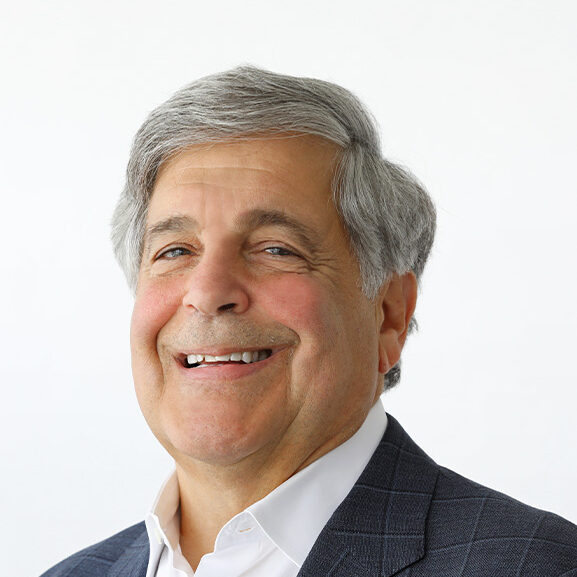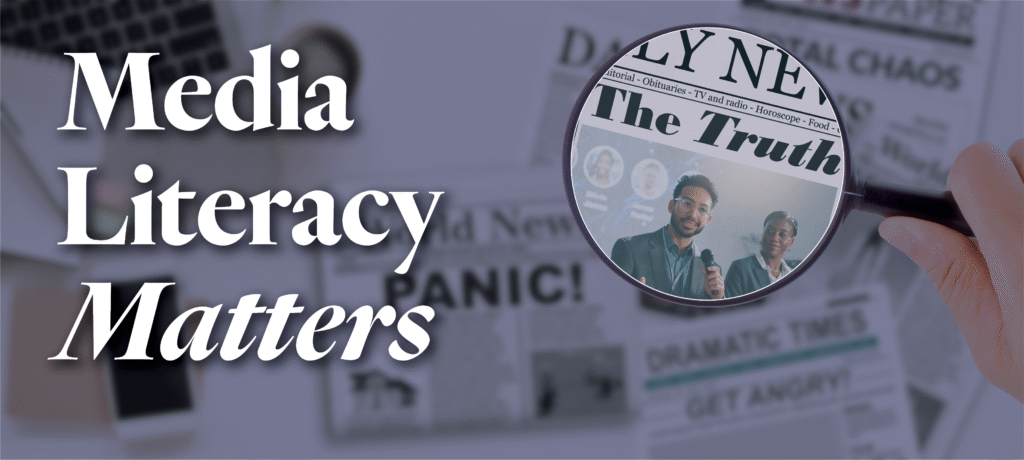As more Pennsylvanians find themselves in the middle, here’s how the commonwealth can meet voters where they are.
Independents in Pennsylvania are having a moment.
When Gov. Josh Shapiro was inaugurated this week, his speech included only one mention of political party: “You … sent a clear message — Democrats, Republicans and Independents — when you came together to resoundingly reject extremism.”
Of course, it’s common for newly elected politicians to make a big promise of governing for all — those who voted for them and those who didn’t. But Shapiro enters office having chosen a number of Republican cabinet members, and having been chosen by record numbers of Republican and independent voters.
Arguably his most notable cabinet pick is his secretary of state, Al Schmidt, a Republican who was previously president and CEO of the nonpartisan nonprofit Committee of Seventy, and whom President Joe Biden just honored with the Presidential Citizens Medal, our nation’s second-highest civilian award, for his work standing up for democracy when he was a Philadelphia city commissioner during the 2020 election.
This comes as the number of registered voters who aren’t Democrats or Republicans has steadily increased for years — both in absolute numbers and as a percentage of the total electorate, comprising nearly 15% of 2022’s registered voters.
No wonder Shapiro campaigned from the middle, and looks likely to govern from there as well.
In the State House, this month also saw a rare moment of bipartisan agreement over Pennsylvania’s messy electoral aftermath, when Republicans and Democrats both laid claim to the governing majority. The logjam was broken when Republican Jim Gregory nominated Democrat Mark Rozzi to be House speaker, as Rozzi pledged to lead as an independent. National press even took notice.
Of course, that bonhomie broke down pretty quickly when Republicans, who thought that Rozzi was going to change his actual party registration to be not just independent but capital-I Independent, learned that he hadn’t made that change. But for a shiny second, it looked like the two sides might come together — and we all saw what rare cooperation might look like in Harrisburg.
The positive response is a good indicator that if Democrats and Republicans worked together more often — and if legislators can find ways to act more independent — public opinion will reward them handsomely.
Want a good first test, Pennsylvania Legislature? Look no further than Philadelphia’s upcoming municipal elections, now less than four months away. Philadelphia has the largest and most competitive Democratic primary field in recent memory, and yet the more than 68,000 Philadelphians who are registered, but not as Democrats or Republicans, won’t be able to cast a vote for mayor in May’s primary. Given Dems’ 7-to-1 voter registration advantage in Philadelphia, it’s been two decades since the city had a remotely competitive general mayoral election, which means that whoever wins the primary is overwhelmingly likely to be the city’s 100th mayor.
Even though registered independents won’t have a say.
Or look at Allegheny County, where Democratic advantage is 2-to-1. As they elect a county executive this year, Allegheny’s more than 141,000 registered voters who aren’t Democrats or Republicans will be left out of the primary process.
The Legislature could change that by opening our state’s primary elections. There’s bipartisan support for doing so, as independent voters would cause candidates to campaign more toward the middle, and would weed out those who would seek to govern at the extremes of either party.
Do that, and independents might find themselves having more than a moment, but a lasting impact on the next generation of Pennsylvania politics.

Larry Ceisler is founder of Ceisler Media and Issue Advocacy.



